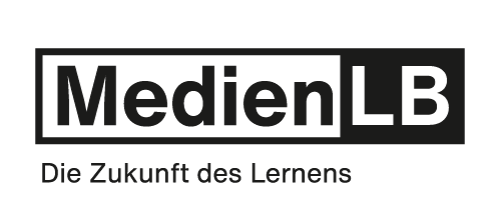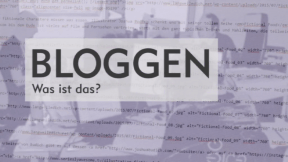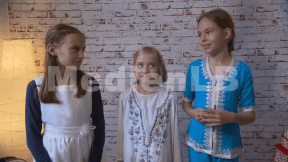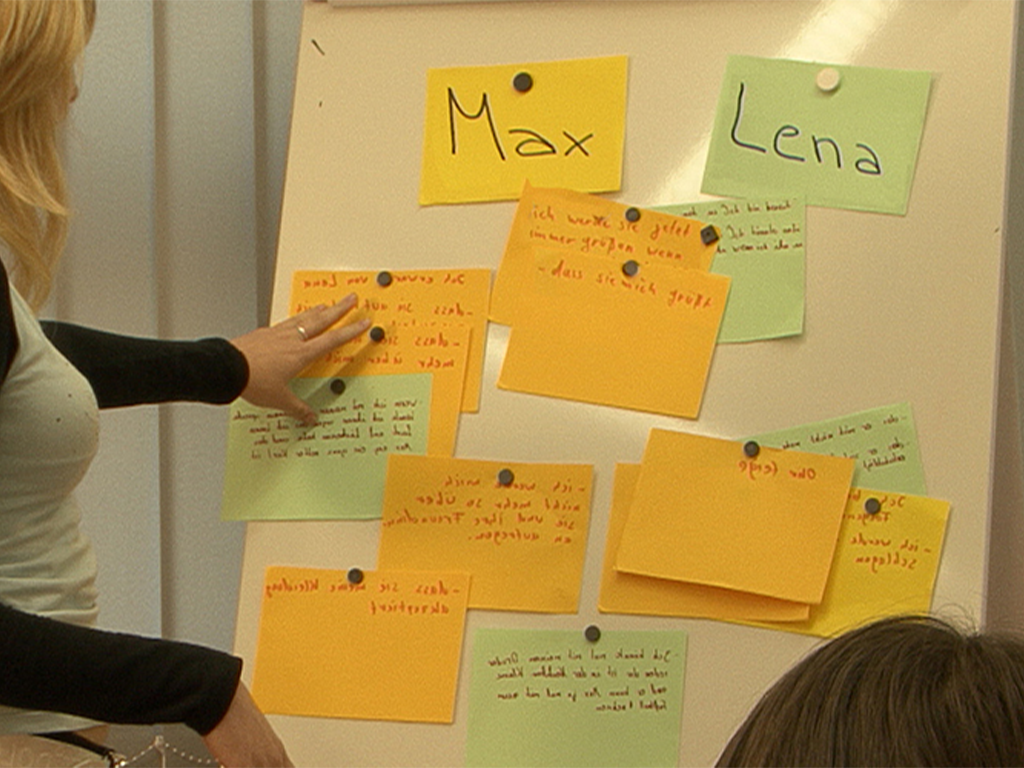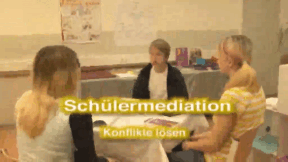 Primary School
Primary School


46500908 / 55500664
Recycling
separating, sorting, reusing
The best waste is the one that never arises in the first place or that can be avoided. Nevertheless, every day many things are thrown as waste into waste paper baskets, dustbins and other refuse containers. Thus enormous amounts of waste are generated which on the one hand, accumulate, and on the other hand, there are still a lot of valuable materials contained in the waste that can be further used. Moreover, raw materials such as oil, which is made into plastics, or ores, from which metals are obtained, are available only in limited amounts on earth. In order to reduce the volume of the waste, which would otherwise be burnt in incinerator plants, and to reuse the raw materials, a law on waste management was passed in Germany already more than 20 years ago, which regulates how waste is to be reused in a sort of circular economy. Certain materials in the waste, such as paper, glass and metal, have been recycled since – that means they are separated from the waste, sorted and reused. The word ‘recycling’ is derived from English and consists of the syllable ’re’ for ‘back‘ and the word ’cycle‘ for ’circle‘. So in recycling valuable materials are to be brought back into a cycle. An example of such a cycle is the hydrological cycle. Over large water areas, water evaporates due to the heat of the sun and thus clouds form in the atmosphere consisting of small droplets of water. These clouds travel over the land and, when it is raining, snowing or hailing, the water falls on the soil surface as precipitation. There it collects in rivulets, streams and rivers and ends up in lakes and the sea where the heat of the sun evaporates it again. So the cycle can start all over again. In recycling the idea of a cycle has been adopted. We start with the new product that can be purchased in a shop. The next step in recycling would be that the packaging or the product itself are thrown into the dustbin after use. At this point in the cycle, the materials must be differentiated and separated as much as possible, so that a cycle can be created in the first place. Then the materials are transported to central collecting points, sorted again and cleaned – because the better a substance is separated from the rest of the waste, the better the cycle works for this substance. Eventually, the substance is processed in such a way that it can be made, as a new raw material, into a new product that can be bought in a shop. Thus the cycle of any recycled substance begins anew.
Play trailer
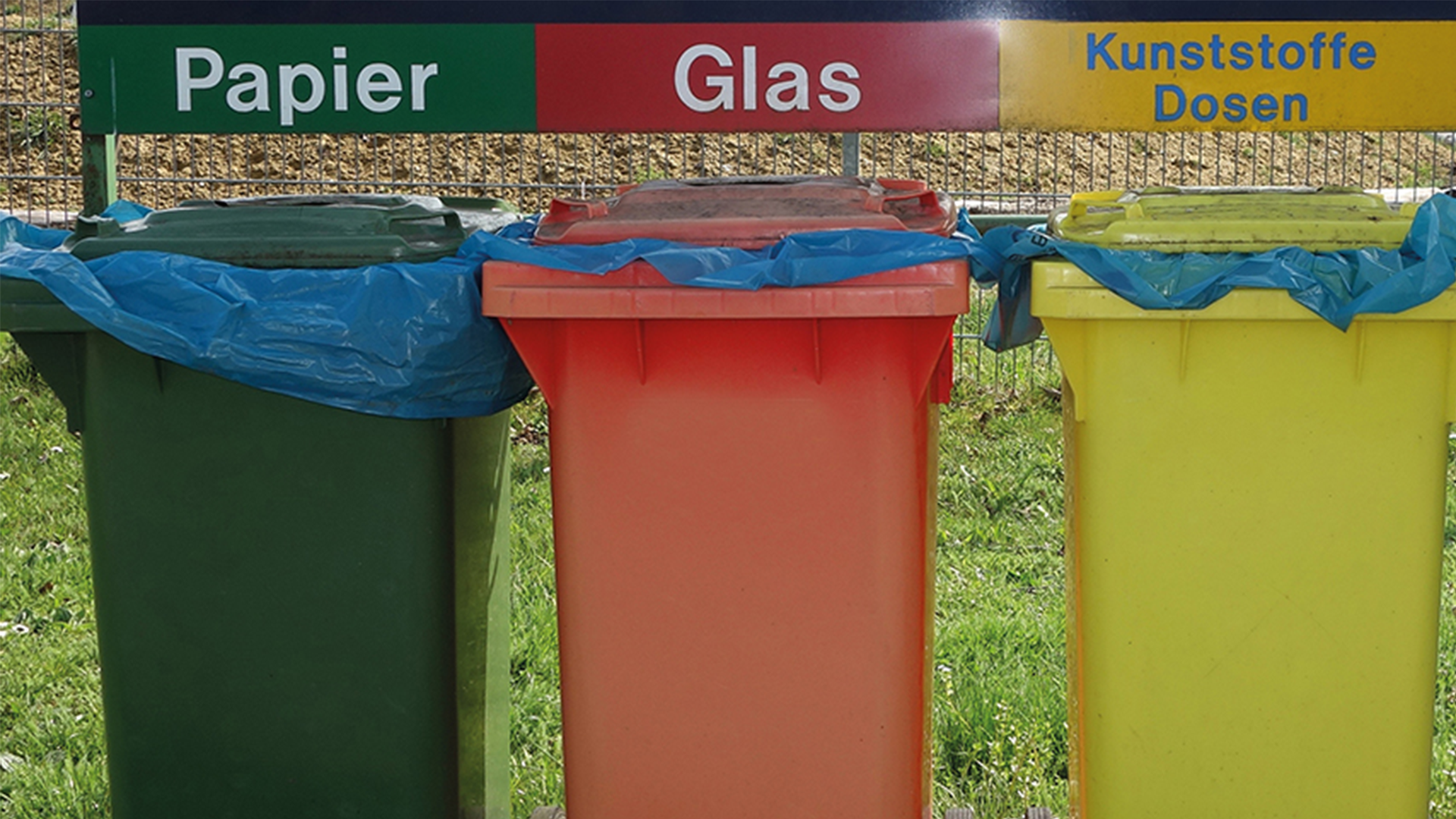
Curriculum-centred and oriented towards educational standards
Matching
Blogging
The weblog or blog, for short, as a medium is not much older than this century. Blogs came into being in the World Wide Web as ’messages from below’, as web pages from web creators who wanted to share their view of the world with the world. They are short notes, long texts, pictures, videos, which are posted loosely and at random intervals to the world for an undefined public.
Peer Mediation
Lena and Max attend the 7th form. Max is new in class. During a break, Max notices that Lena and her friend are laughing at him again. Max loses his temper! He slaps Lena in the face. That hurts and Lena runs back into the classroom with a red cheek. The growing conflict between the two has escalated. Just like Lena and Max, every day pupils all over Germany have rows with each other. At the Heinrich Hertz Gymnasium in Thuringia, pupils have been trained as mediators for years. At set hours, they are in a room made available by the school specifically for mediation purposes. The film describes the growing conflict between Max and Lena and shows a mediation using their example. In doing so, the terms “conflict” and “peer mediation” are explained in a non-technical way. The aims of peer mediation and its progress in five steps as well as the mediators’ tasks are illustrated. The art of asking questions and “mirroring”, which the mediators must know, is described and explained. Together with the comprehensive accompanying material, the DVD is a suitable medium to introduce peer mediation at your school, too.



